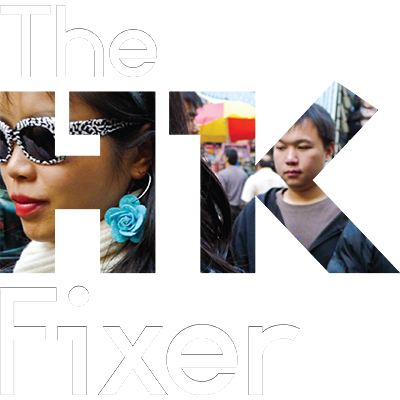The Art of Storyboarding for Cinema
In the world of filmmaking, storyboards are not just a tool; they are a director's visual script, a canvas of imagination. They are where the solitary vision of a film, often birthed in the quietude of a director's mind, takes its first breath of life. It's a dance of dialogue and ideas, a creative symphony played out between the director and the storyboard artist. And I, for one, revel in the rhythm of this dance.
There's a certain magic at the moment a film, which has long resided in the abstract, begins to materialise under the deft strokes of a storyboard artist. It's a meeting of minds, a confluence of creativity where the director's vision is not just seen but felt. It's the thrill of the chase, the joy of the journey. As someone whose drawing prowess extends little beyond stick figures, I find this process both humbling and exhilarating.
My love affair with cinema began in the dark, hallowed halls of Paris's first multiplexes. These were the days when the concept of "permanent cinema" had just begun to replace the double bill monoscreens theatres, promising a never-ending reel of colourful celluloid dreams. Time, it seemed, stood still in these temples of storytelling. The silver screen, a radiant jewel in the dark crown of the hall, offered an immersive escape from the harsh light of day and life’s vicissitudes.
However, my lifelong quest to understand how films were made, started on the carpeted floors of the Paris unmissable temple of culture: the Fnac store.
Like many Parisians, I have spent entire days browsing and reading albums of “Bande Dessinées”, surrounded by rows of books, posters, and images.
This place had always felt like a library from heaven, where the sales staff was super knowledgeable. A request such as, “did you receive the latest Moebius?” would turn into a full conversation about the world of “The Incal”, colour palettes, and fantastic quests in outer worlds. Sometimes a fellow reader might strike up a chat about the adventures of Hugo Pratt’s “Corto Maltese” and suddenly we could be talking about running on the Siberian’s steppes, trying to escape Rasputin.
“Bande dessinées” are the French and Belgian (as well as a few other European countries) versions of illustrated stories. “Bande dessinées”.
Americans have their comics, the Japanese their mangas. The French have their BDs that range from stories for the young (“Asterix”, “Yakari”, and so many more childhood heroes) to the most advanced forms of graphic novels like one of my favourite series “Les cités Obscures” by Schuitten and Peeters.
We call it “Le 9th art.”
In BDs the story is framed in “boxes.” The author directs the reader's gaze, instilling the flow of the story.
The story is both text and visual. It is broken down.
This is where the analogy with cinema is unveiled. Indeed, a key part of the director’s job is to visualise the story. What happens, when, where and how? What do the characters look like? What is the action? And how does the written word of the treatment and the script translate into images?
Director of While You Lower Your Head - Anastasia Tsang
So we sit down with the artist and through the power of talk, imagine the film by applying cinematic language to the text. These creative sessions can become very animated. It is a time for ideation, and when, as it is an open-mind stage with little budgetary consequence, everything is possible. There are no mistakes that cannot be erased easily.
A scene could take many forms and could be interpreted in various ways. So the storyboard, along with the breakdown is the first visual manifestation of the film. It helps set the film on page.
However, the decision to storyboard and how much to do of it depends on the director's preferences and budgets. Non-scripted forms and documentaries will usually do away with it. For narrative fiction, it is, however, an essential tool to communicate the film's vision to everyone in the team.
Action sequences, due to their complex and expensive nature, are often drawn in full detail in advance.
On the other hand, some artists prefer to leave a larger part to “on-set improv” and “coverage” so that once having set up a situation, a certain freedom is allowed to happen. Releasing some control may lead to unforeseen touches of magic.
I personally feel there is a need for balance between visual preparation and living in the moment. Some of the best emotions on screens were in the moment.
And in the end, this is where we live and what we, as filmmakers, create.
`Storyboard Illustrator - Wing K. Law




